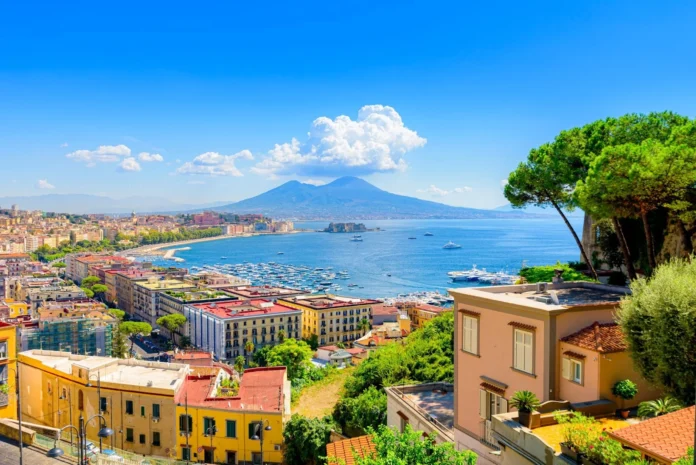On August 24, 79 AD, life in Pompeii carried on as usual. Merchants sold goods in the forum, bakers prepared fresh loaves, and children played in the streets. But by the following day, the city lay silent, buried under a thick layer of volcanic ash and pumice.
Table of Contents
How It Began
Mount Vesuvius, towering just 8 kilometers away, had been dormant for centuries. Around midday, the sky darkened as the volcano erupted violently, spewing a cloud of ash, rock, and hot gases into the air. Ancient historian Pliny the Younger recorded how the cloud rose “like a pine tree,” expanding outward.
The Deadly Sequence
The first phase was a rain of pumice stones, which collapsed roofs and forced residents to flee or take shelter. Hours later came the pyroclastic surges — fast-moving waves of superheated gas and ash. These reached temperatures of up to 300°C, killing instantly.
Also Read: Unlocking All-Day Comfort: The Rise of Compression-Lined Swimwear
Preservation Through Tragedy
Ironically, it was the very same ash and debris that destroyed Pompeii that also preserved it. Buildings, frescoes, mosaics, and even food were sealed beneath the layers. When excavations began in the 18th century, archaeologists uncovered streets, homes, and artifacts almost exactly as they had been in 79 AD.
Today, Pompeii tours take you past plaster casts of victims, created when archaeologists filled voids in the ash with plaster to capture the final moments of the city’s residents. It’s a haunting, unforgettable experience that combines history, archaeology, and human emotion.
